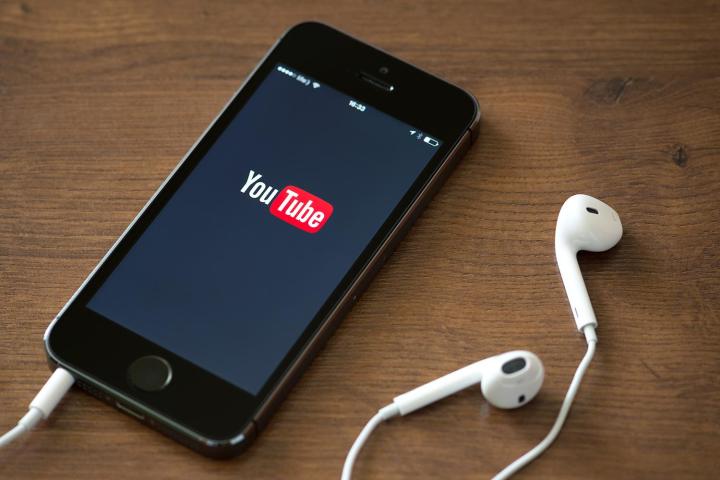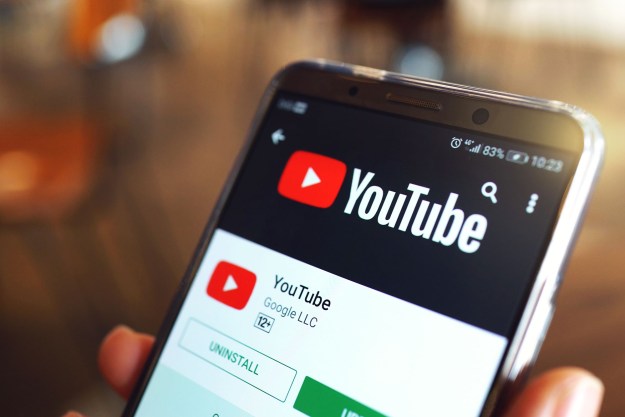
Or to put it another way: YouTube is bigger than cable. Google executives say the site outstrips any single U.S. cable network in the key 18- to 49-year-old demographic, and that’s one of the reasons the tech firm’s stock price went soaring in the aftermath of the earnings call. In the hours that followed it jumped as high as 11 percent above its pre-announcement figure.
The number of visitors to the YouTube homepage is up by a factor of three year-over-year, Google executives said, and “watch time” — the time that users actually spend viewing videos — has risen by 60 percent in the same period. That’s the fastest growth rate in the last two years, and mobile watch time has more than doubled from the same point in 2014. Average sessions on mobile are now above 40 minutes, which is a lot of streaming.
That tells you something about shifting habits as far as online video goes: Users (particularly younger ones) are now more comfortable with watching longer videos on computers and smartphones. Increased mobile download speeds and bigger phone screen sizes don’t hurt either. Google also said the number of publishers earning a six-figure sum from YouTube had risen 50 percent year over year.
The healthy figures come at a time when YouTube is facing pressure from all sides: Facebook, Netflix, Vimeo, Vine, and several other smaller platforms. Facebook boss Mark Zuckerberg has gone on record as saying the site will be “mostly video” by 2019, and its most recent feature lets you carry on watching clips while you’re browsing the rest of the network.
[Image courtesy of Bloomua/Shutterstock]
Editors' Recommendations
- YouTube tells creators to start labeling ‘realistic’ AI content
- YouTube launched 17 years ago today with this video
- You can now use Pokémon music in your YouTube videos
- Why you may still be missing ESPN and other Disney-owned channels on YouTube TV
- YouTube TV couldn’t have picked a worse time to lose ESPN


